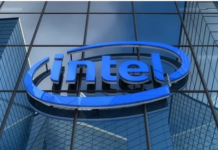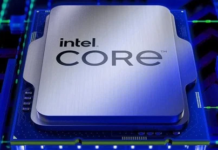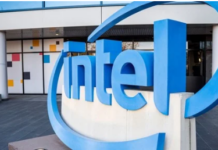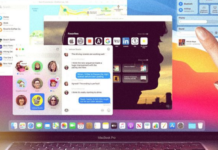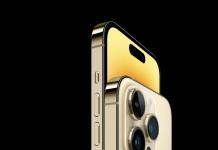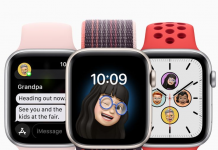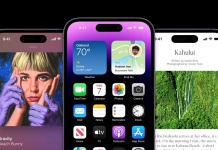Valve, the company behind Steam, appears to have reacted to the legal uncertainty surrounding AI-generated artworks by simply banning their use in submitted materials. An anonymous developer under the pseudonym potterharry97 reported that he had seen the submission of a game page on Steam rejected due to the use of “AI-generated art assets that appear to rely on third-party copyrighted material.”
Potterharry97 admitted that a large part of the resources involved artificial intelligence in some way in their creation, for example through the use of Stable Diffusion. Despite this, Valve considered that the obvious use of AI-based art tools infringed the intellectual property of third parties.
Valve said that due to legal uncertainty over ownership of AI-generated artwork, the game cannot be distributed as long as it contains such assets, unless the creator can confirm that they own the rights to all training data used to create those assets.
Potterharry97 re-introduced the game with some changes to remove the rather use of artificial intelligence, but Valve continued to reject the game’s distribution, as it was unclear whether the technology underlying the AI used to create the resources had sufficient rights to the training data.
At the moment we do not know if the rejection of the game represents a new official policy of Valve or a specific decision for that case. Because in fact no other similar situations have been reported and some games, which explicitly use AI-generated art, have been available on Steam for months.
Legal issues regarding training AI models and using copyrighted material are still unresolved. Getty Images, Newgrounds and Nature magazine have explicitly banned contributors’ use of AI-generated art because of this legal uncertainty. At the same time, other companies like Marvel and DeviantArt have embraced the use of AI in art. Enforcing a clear policy regarding AI-generated art can be difficult for a company like Valve, which must assess the legality of the vast set of image generation tools used by developers.
While the use of AI-generated art may be more easily detectable at present, due to the distinctive characteristics of the algorithms used, continuous improvements in generative synthesis make it increasingly difficult to distinguish AI-generated art from human-created art.



